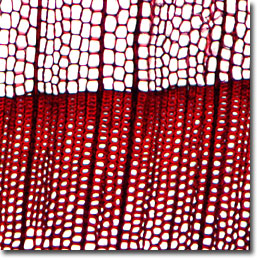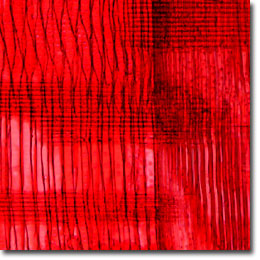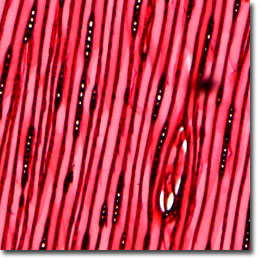The Eastern Hemlock
The Eastern Hemlock (Tsuga canadensis; also referred to as the Canada Hemlock) is a softwood tree found primarily in the northeastern United States through the Great Lake states and along the Appalachian Mountains to Georgia. The wood color is buff to light brown, with late-wood portions of the ring often having a reddish brown tinge. Heartwood is not distinct and difficult to clearly delineate, but the rings closer to the bark are usually somewhat lighter in color.

Cross Section

Radial Section

Tangential Section
This conifer often reaches heights of 100-plus feet and the trunk is branched down to the base in mature specimens. The leaves are needle-shaped and have a lustrous dark green color on top and a bluish tinge on the underside. Cones are egg-shaped and rather small, averaging three quarters of an inch in length. Propagation is by seed in the spring, but can be done from cuttings of mature wood in the early fall. Hemlocks tolerate moist shaded sites and are useful for hedges.
The eastern hemlock is a particularly hardy tree, but does not tolerate the summer heat very well. A bittersweet tea can be produced from the young needles, and this tea is often used as an ingredient in old-fashioned root beer. Pulpwood from the Eastern Hemlock is converted largely by the sulfite process. Lumber is used for general construction (framing, sheathing, roofing, subflooring), boxes and crates (principally for heavy shipping containers), pallets, and railroad car construction. The bark contains 10-13 percent by weight of the chemical tannin and has been an important domestic source of this product.
Microscopic examination of iron-alum hematoxylin and safranin stained thin sections (see the digital images presented above) reveals bordered pits in rows on the radial walls and tracheids averaging 30 to 40 micrometers in diameter. Parenchyma is very sparse and marginal, and the rays are uniseriate (1 to 12 cells in height).